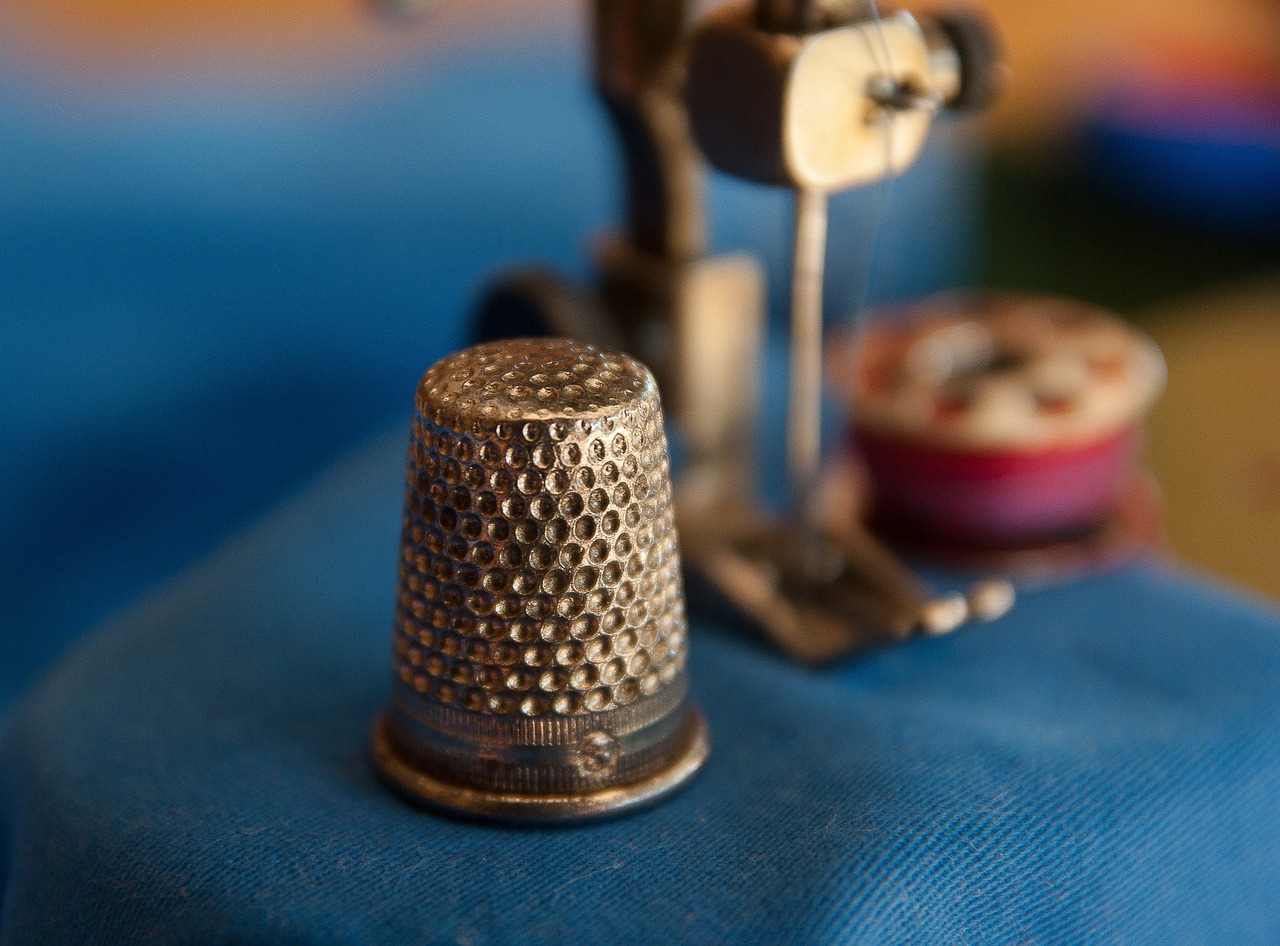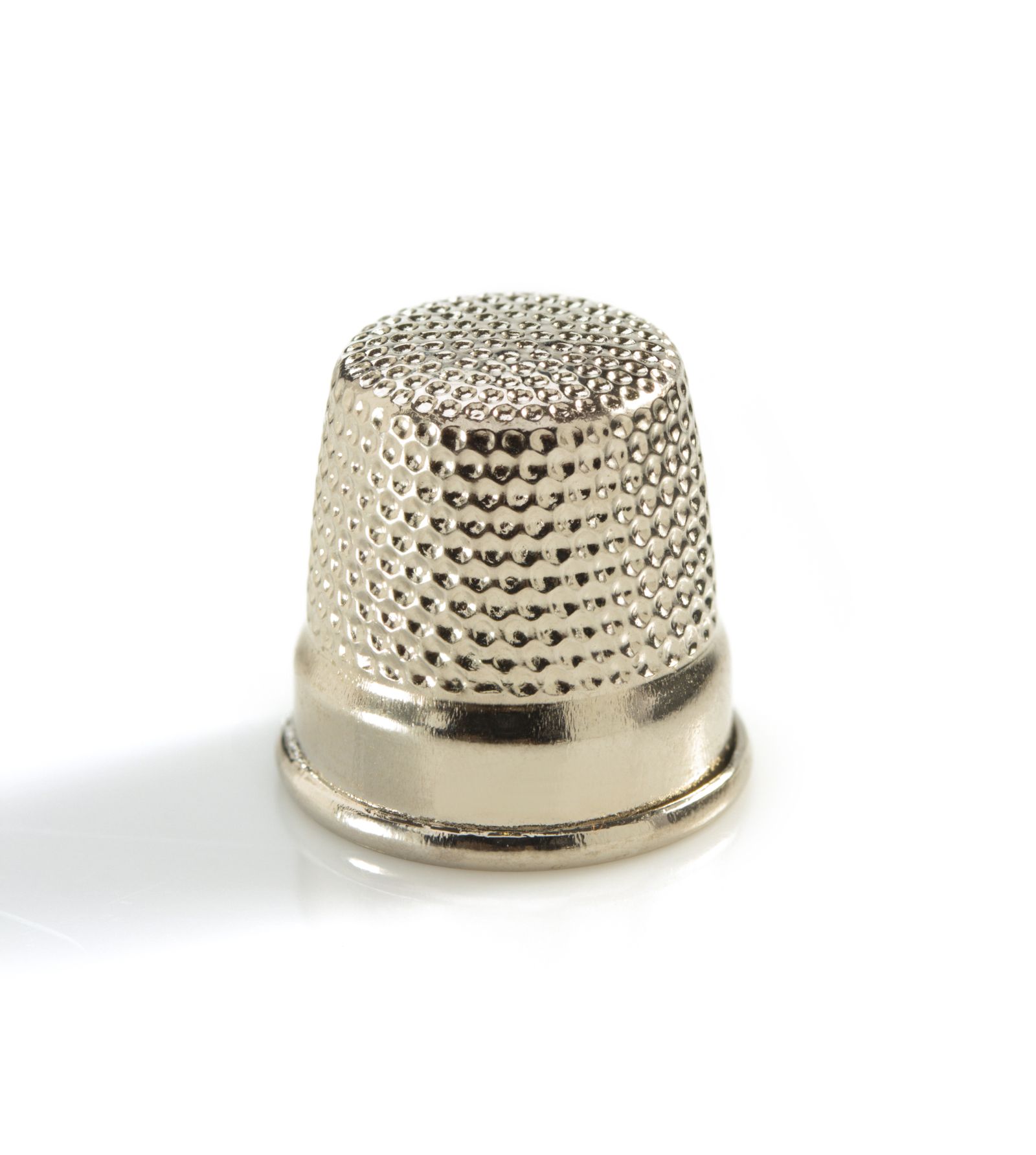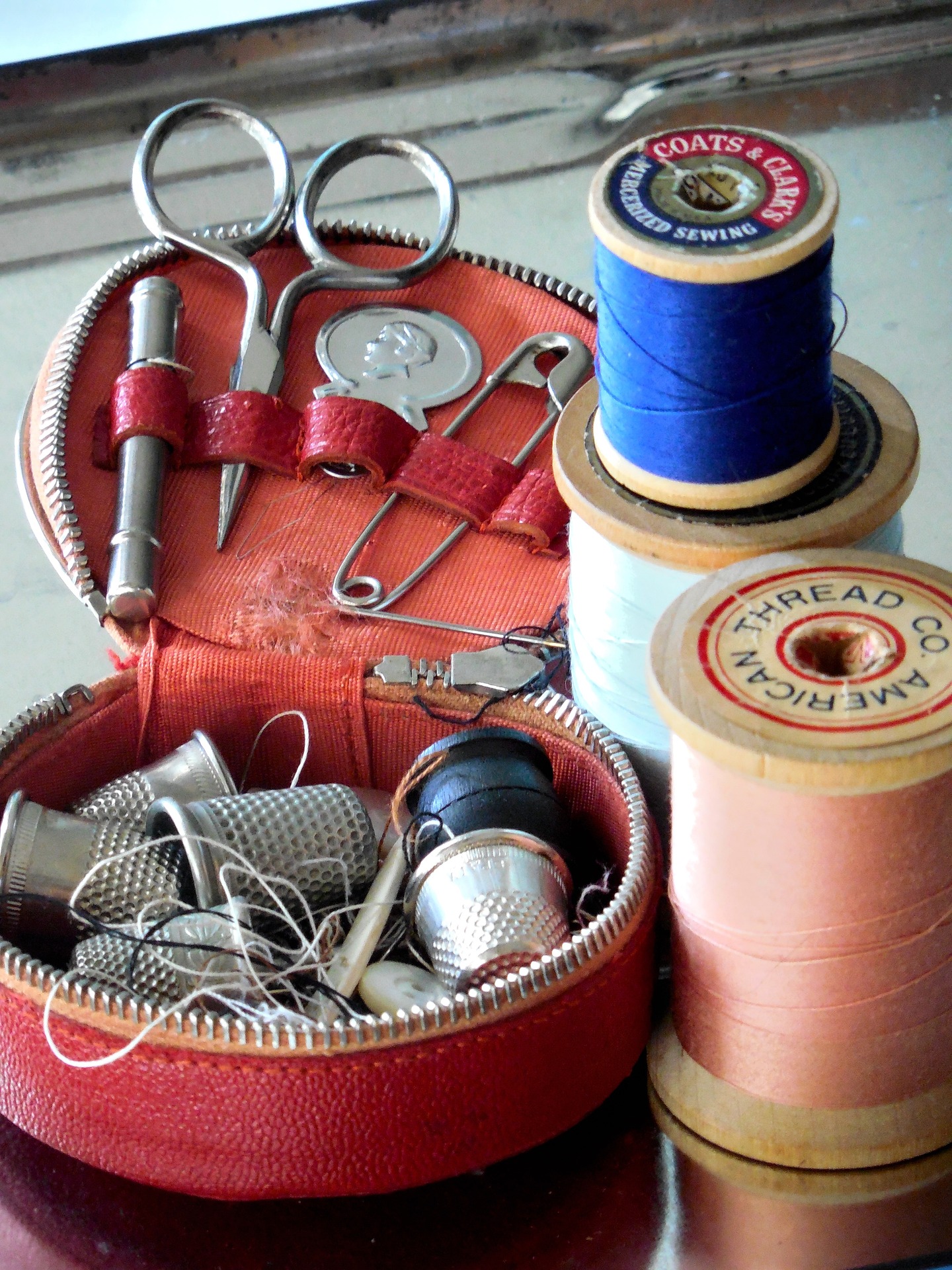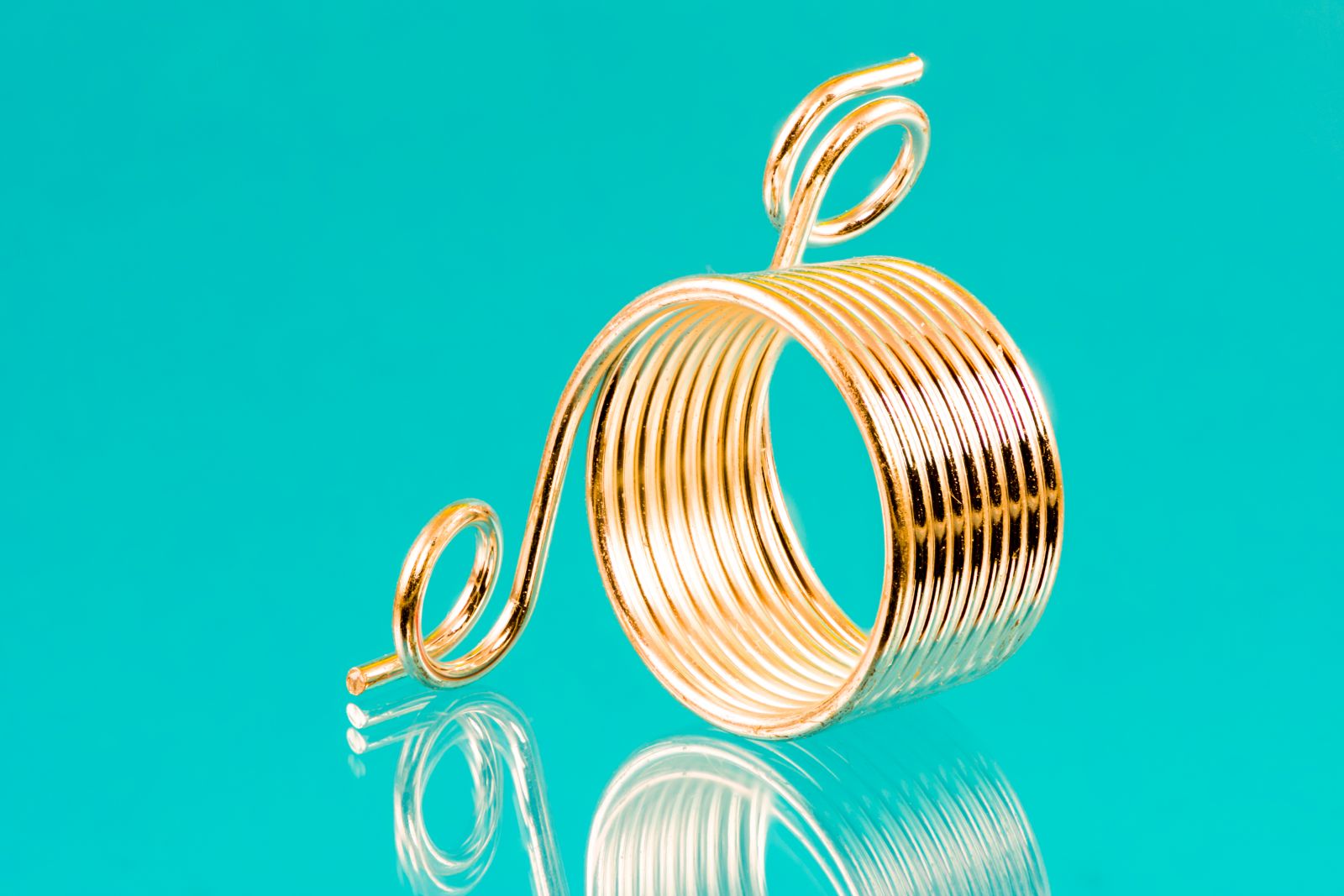
Thimbles are a classic tool for sewers and embroiderers around the world, but did you know that different cultures have their own unique variations of the thimble? Here are some examples of thimbles from around the world and the cultural significance behind them.
In Japan, the traditional thimble is made from silk and is worn on the middle finger, rather than the tip of the finger like Western thimbles. Japanese thimbles are often elaborately decorated with colorful patterns and designs, and can also be made from materials like bamboo or ceramic.
In India, thimbles are often made from metal, and are worn on the thumb rather than the finger. Indian thimbles may also feature intricate designs and patterns, reflecting the country’s rich artistic heritage.
In China, thimbles are often made from jade or other precious stones, and are considered a symbol of wealth and status. Chinese thimbles may also be decorated with symbols of good luck or other traditional motifs.
In Europe, thimbles have a long history of being used for both practical and decorative purposes. During the Renaissance period, thimbles were often made from gold or silver and were adorned with intricate patterns and engravings.
In the United States, thimbles have been a popular collectible item since the late 19th century. Companies like Tiffany and Co. and Gorham Silver began producing decorative thimbles in the late 1800s, which quickly became popular among collectors.
In addition to these cultural variations, thimbles have also been used for other purposes beyond sewing and embroidery. In some African cultures, thimbles were used as a form of currency or as a symbol of power and authority. And in some Native American cultures, thimbles were used in traditional healing practices.
Thimbles are a beloved tool for sewers and embroiderers around the world, and their cultural significance and variations reflect the diverse and rich history of the art of sewing. By exploring thimbles from different cultures and traditions, we can gain a new appreciation for this classic tool and its importance in the history of sewing and embroidery.





